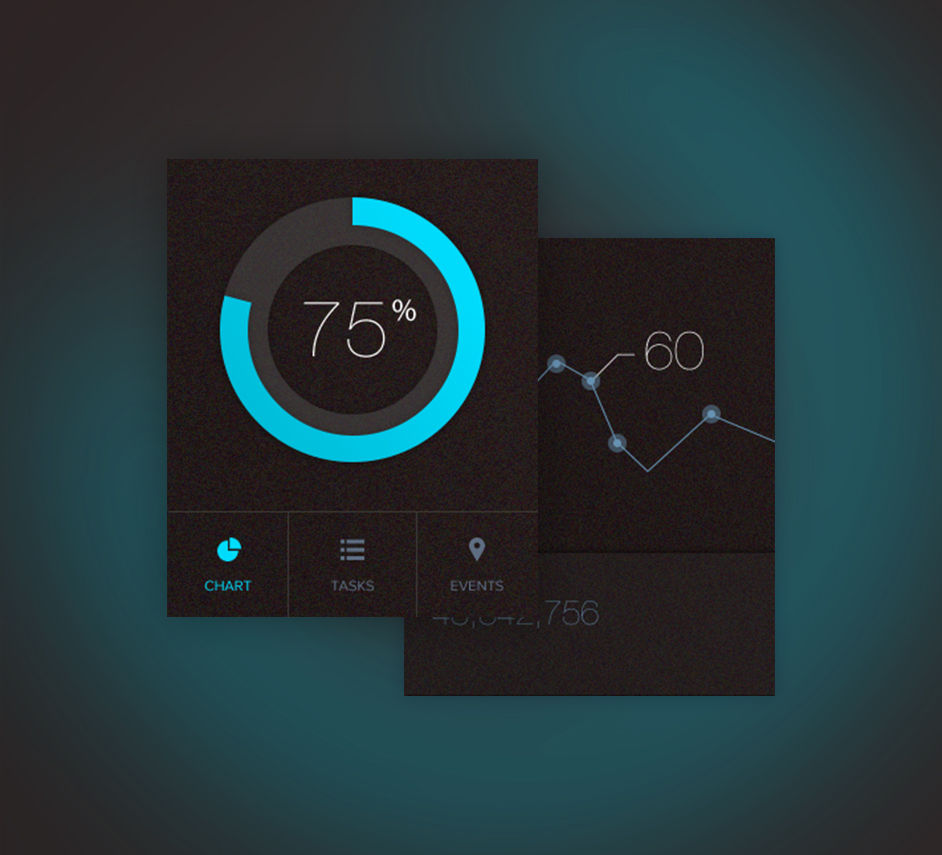The Future of Data Reporting: Designing for Humans and AI
- Davide Ferrari
- Apr 24, 2024
- 2 min read

The Rise of Machine Intelligence
For centuries, data has been presented with human consumption in mind. From receipts to financial reports and medical records, the format prioritizes our ability to read and interpret information. However, the rise of artificial intelligence (AI), language models, and intelligent agents is ushering in a paradigm shift. Machines are becoming increasingly adept at "reading" vast amounts of data, unlocking a new level of automation and analysis.
The Dual Audience for Data Reporting: Humans and AI
This begs a critical question: As we design data reporting systems for the future, shouldn't we consider machine readability alongside human comprehension? Reports optimized for both can truly unleash the potential of AI in our daily lives. Imagine the possibilities:
Automated Anomaly Detection: AI agents could scour financial reports for irregularities, flagging potential fraud or budget overruns with pinpoint accuracy. This would free up human analysts for more complex tasks, improving efficiency and reducing the risk of missed red flags.
Real-Time Medical Insights: Language models could analyze clinical notes and test results in real-time, prompting healthcare professionals for targeted interventions. This could lead to faster diagnoses, more personalized treatment plans, and ultimately, improved patient outcomes.
Hyper-Personalized Experiences: AI could sift through massive amounts of customer data to deliver tailored recommendations and support across industries. Imagine a world where your shopping experience, travel arrangements, and even healthcare recommendations are all seamlessly personalized based on your unique data profile.
By embracing machine-readable data structures, we empower AI to become a powerful collaborator. This collaboration would not only augment human decision-making but also accelerate progress across various sectors.
However, designing for this future requires careful consideration. While machine-readable data formats can be highly structured and efficient for AI analysis, they may not always be human-friendly. The key lies in striking a balance, creating reports that are both understandable to humans and easily processed by machines.
This could involve utilizing standardized data models that allow for consistent interpretation by AI systems, while still presenting information in a way that is clear and concise for human users. Additionally, data visualization tools can play a crucial role, allowing humans to quickly grasp complex trends and insights identified by AI analysis.
The Collaborative Overture
The transition to machine-readable data reporting won't happen overnight. There are challenges to overcome, such as the need for standardization across industries and the potential cost of implementing new systems. However, the potential benefits are undeniable. By embracing this future, we can unlock a new era of data-driven decision-making, collaboration, and progress.
Are we ready to design for the future of data reporting? The answer lies in our collective ability to recognize the immense potential of AI collaboration and take the necessary steps to bridge the gap between human and machine data consumption. By fostering this collaboration, we can unlock a world where data empowers both humans and machines, leading to a brighter future for all.







Comments